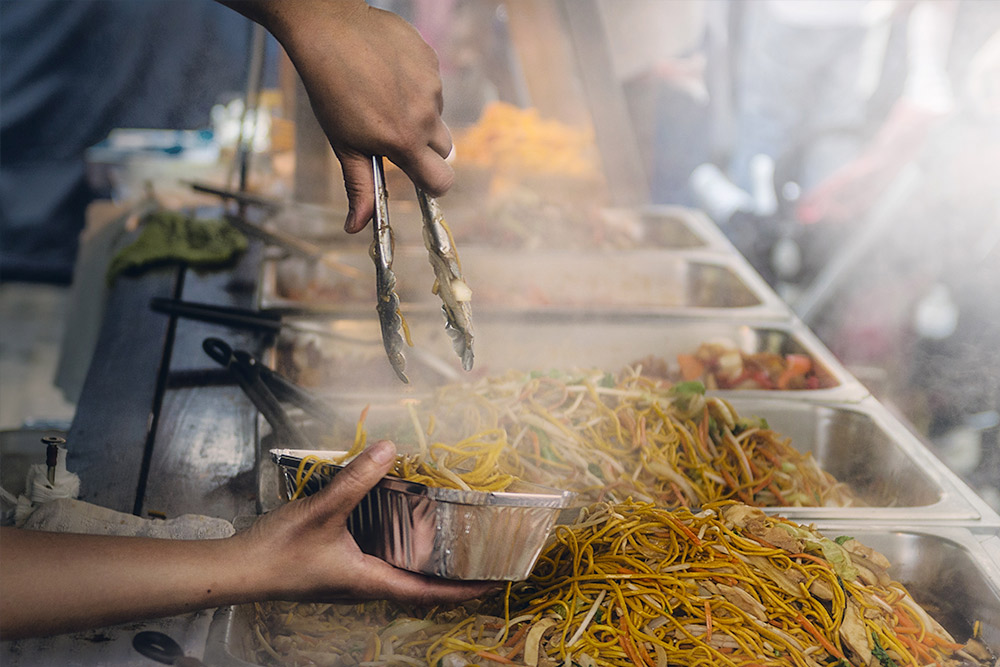
Kitchen Smarts: Just Getting Warmed Up!
Reducing the risk of bacterial growth in the temperature danger zone.
What do bacteria love more than moisture and food? A warm environment! Ambient room temperature lies within the “Temperature Danger Zone”, defined as 40?-140?F by the United States Department of Agriculture (USDA).
Within this temperature range, harmful bacteria such as Staphylococcus aureus, Salmonella Enteritidis, Escherichia coli O157:H7, and Campylobacter can quickly grow to dangerous levels- doubling in number in as little as 20 minutes (1). It is for this reason experts recommend perishable foods be kept out at room temperature no longer than 4 hours, or just 1 hour in environments hotter than 90?F.
This is the maximum foods should be left out however and some people may be susceptible to illness with exposure to an even lesser number of bacteria. So, what can a food service establishment do to help reduce these uninvited bacteria guests? The answer is simple: keep hot foods hot, heating to a temperature most bacteria will not readily multiply. In a recipe this may be listed as a “CCP” or Critical Control Point step in a recipe.
For example, “CCP -- Maintain >135F/57C for no longer than 4 hours.” Ensuring compliance with heating and cooling standards can help lower the risk of bacterial contamination in food, as well as help keep foods looking and tasting their best. Read on for extra tips to help stay one step ahead of contamination in the kitchen and during meal service:
Do you have suggestions to add to this list, or tips for procedures working in your kitchen? Drop it in the comments. We’d love to hear from you!
- Turn on all heating devices per manufacturer’s instructions leaving enough time for them to heat properly before service.
- Fill steam wells early so that they are heated properly and use hot water to refill if needed.
- Keep food covered until service.
- Ensure food is served promptly after plating so that it remains at the proper temperature.
- Spot check plate temperatures throughout service to monitor for possible temperature issues. Do this for each shift.
- Remember that just because everything is within temperature range for your test breakfast does not guarantee that the same is happening at dinner. Test, test, and re-test if in doubt!
(1)“Danger Zone (40 F-140 F)”. Food Safety and Inspection Service. 2017. United States Department of Agriculture. Accessed Online. September 2019.

 HOME
HOME